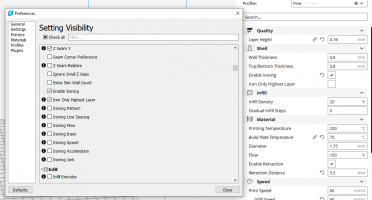Phil G
Member
- Location
- New Zealand
Hi Martin,@Phil G @James Walters
Hi Phil,
To prevent snib conflicts between templates, reduce these settings:
View attachment 7579
The first dimension is the position of the gaps from the timber.
The second dimension is the overall length of the snibs.
• At present these nib/snib settings are global for all templates, which obviously isn't entirely convenient.
I'm intending to make them template-specific, so that each template can have its own settings, on each side of the template. I mentioned this yesterday in relation to the waybeams.
But I need a chance to draw breath. There is so much still to do and I can't do it all at once.
cheers,
Martin.
Thanks, the dims make sense now, I would not worry too much about doing much more with nibs and snibs in Templot at this time. that's one field we can do outside of Templot and once we have the key data we can feed it back to you. James clearly understands his co2 laser, once I get into the swing of it I am happy to feed back input on diode lasers.
cheers
Phil
message ref: 8779
 Search
Search

